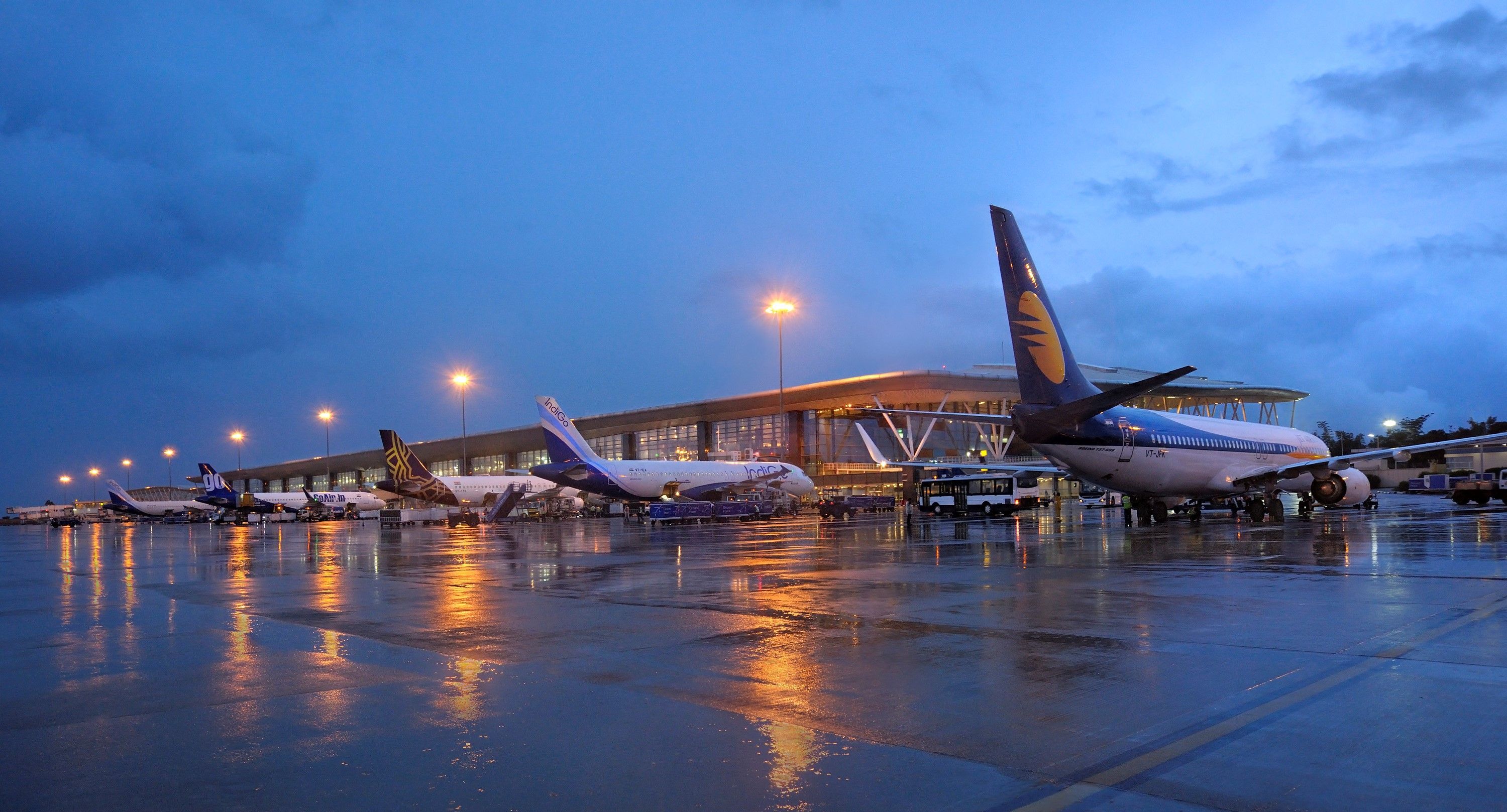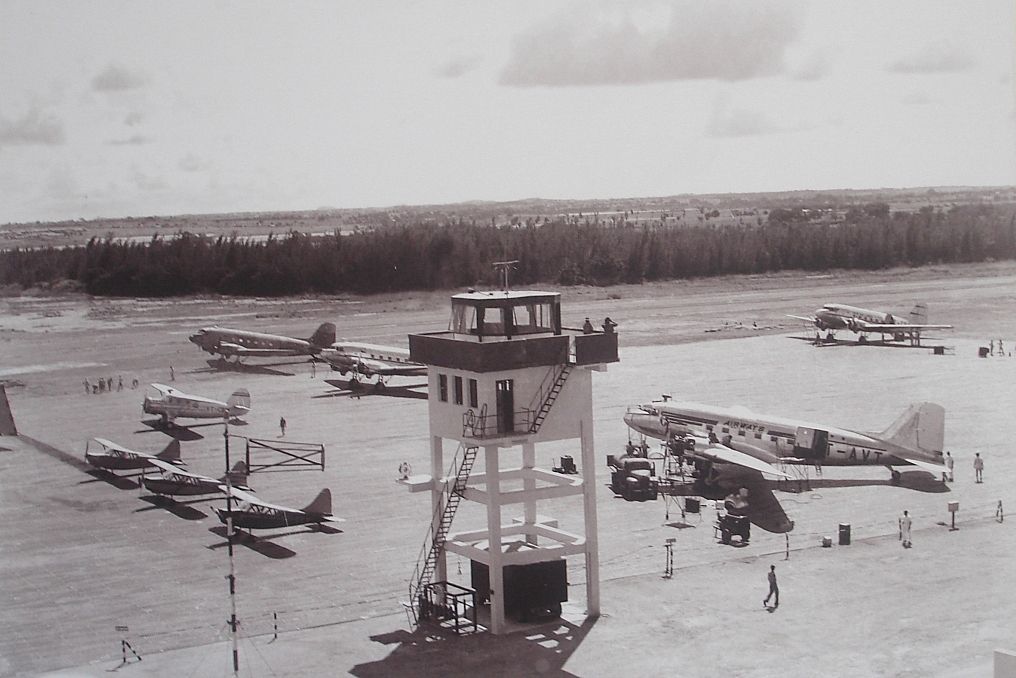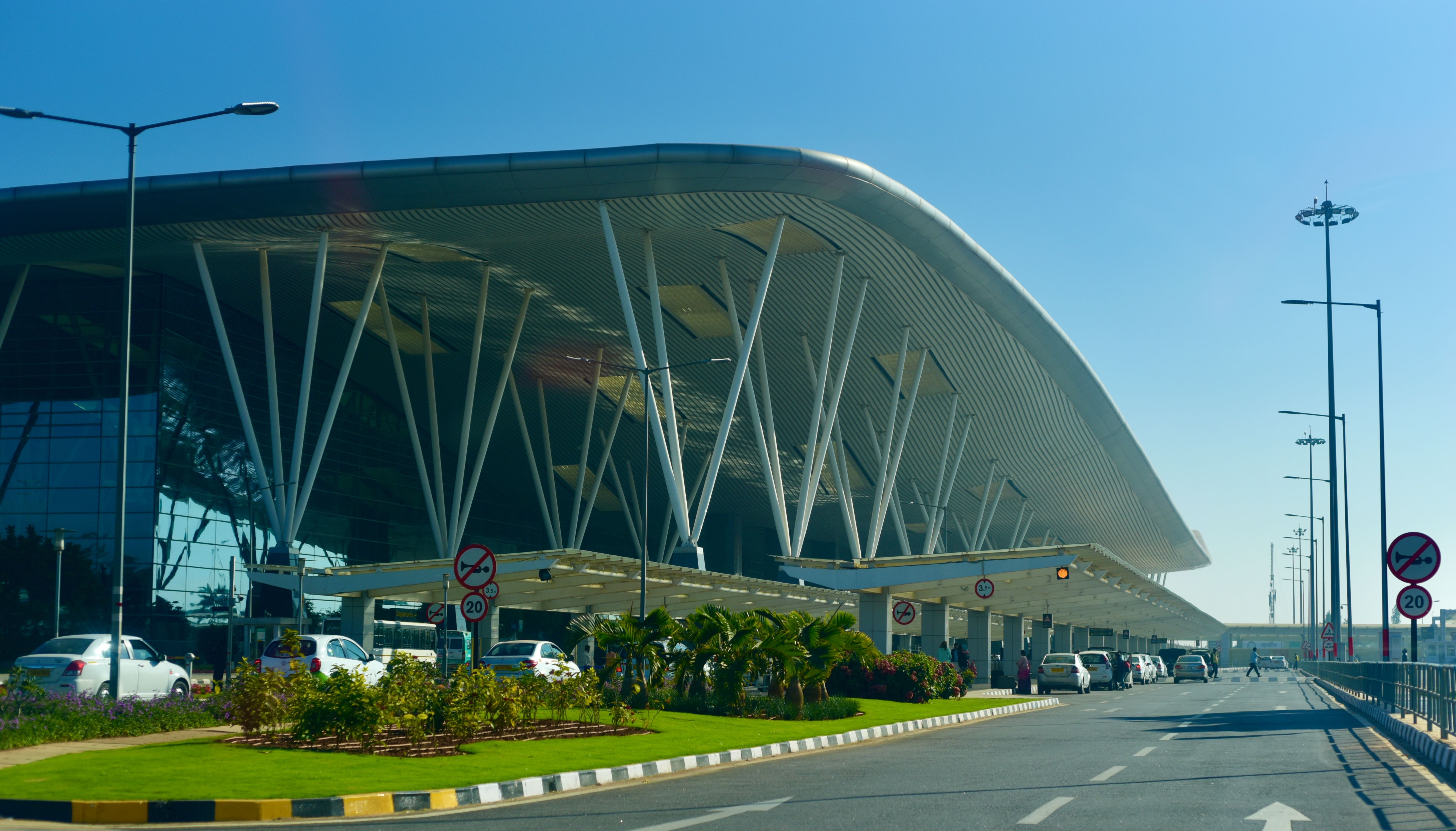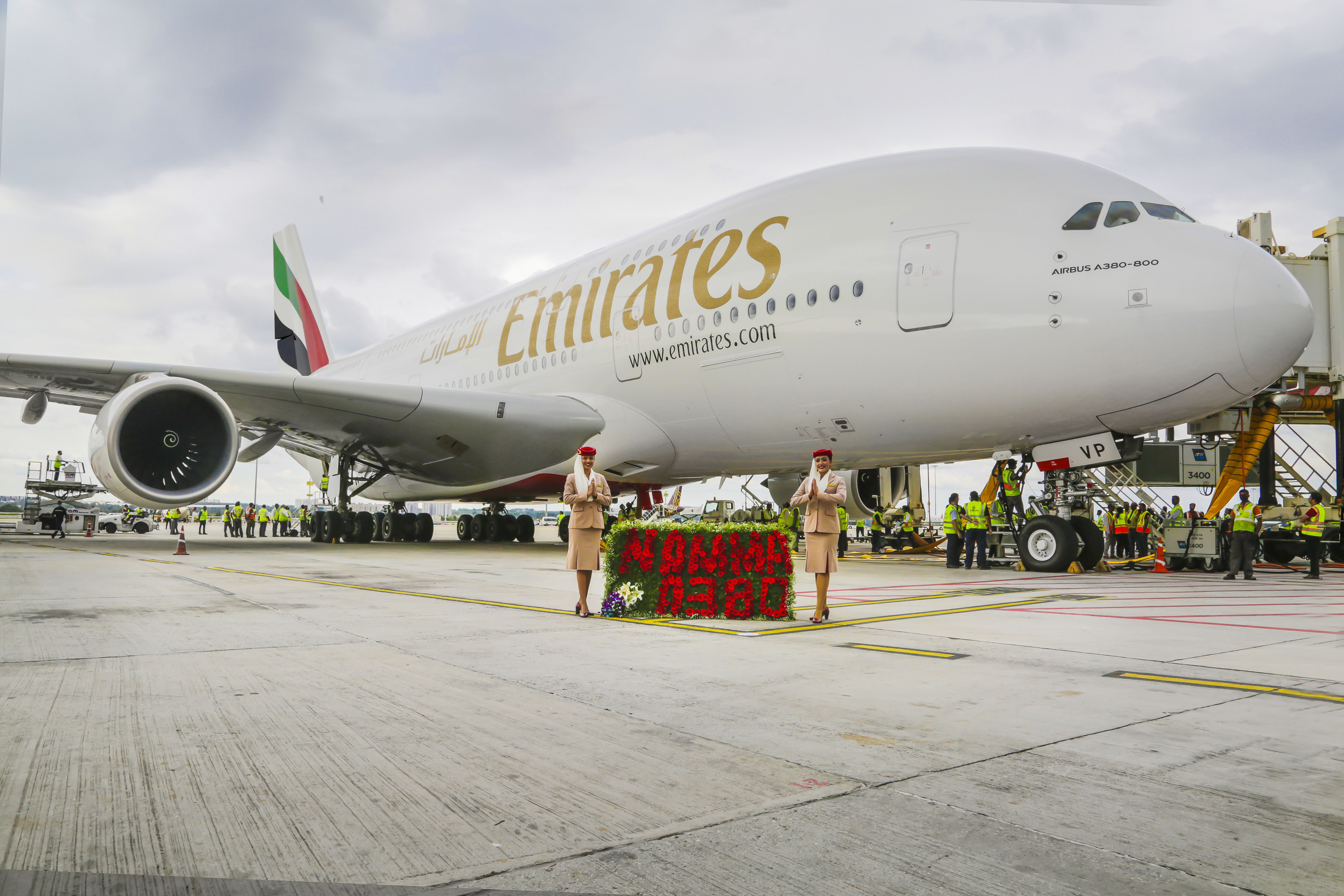Summary
- Kempegowda International Airport in Bangalore has experienced significant growth since its inauguration in 2008, recently almost reaching its 2019 peak of 32 million passengers.
- The airport was built on a new site in Devanahalli, 30 kilometers away from Bangalore's city center, due to the lack of space and the increasing traffic at the previous airport.
- The airport's recent expansion includes the opening of Terminal 2, designed with indoor waterfalls, green walls, and outdoor gardens, and is expected to accommodate over 50 million passengers per year.
Now India's third busiest airport behind Delhi and Mumbai, Kempegowda International Airport (BLR) has risen to prominence in the last decade. Since its inauguration in 2008, the airport has grown remarkably, opening a second terminal this year and almost regaining its 2019 peak of 32 million passengers.
A brief history
The capital of Karnataka and the third most populous city in India, Bengaluru has come to be known as the "Garden City of India" and "Silicon Valley of India." Its location in the south of India allows it to facilitate efficient connections and facilitate growth in the region.
The area's first airport was built by Hindustan Aircraft Limited (now Hindustan Aeronautics Limited) as the home of India's first aircraft factory. Named after its builders, HAL Airport commenced operations in January 1941 and was initially used as a manufacturing and testing site for military aircraft. During World War Two, the British colonial forces took over the airport and used it as an aircraft base and maintenance base in conjunction with the US Air Force.
The airport was used primarily by HAL for military helicopter and fighter jet production for many years.
Taking flight
The airport is placed strategically at the center of Bangalore, providing easy connectivity to the city. Commercial flights began in 1946 when Deccan Airways introduced service to Hyderabad.
Want answers to more key questions in aviation? Check out the rest of our guides here.
International services started in the late 1990s, and by 2005, the airport was servicing multiple international carriers, including Lufthansa, British Airways, and Air France. However, the airport only had a single runway and limited parking space, with only six aircraft aprons. By 2007, the airport was serving over 8 million per year, more than double its capacity of 3.6 million.
Calls for a new airport
Seeing the exponential traffic rise at the single-runway HAL Airport, the government moved to begin construction on a new major airport for Bangalore in 2005. The area around HAL was already entirely developed, and additional space was not readily available. A new site for the project was chosen in the village of Devanahalli, 30 kilometers (19 miles) away from the city center.
Check out more Indian aviation news here.
Construction on the new airport commenced on July 2nd, 2005, and the plans had to be altered several times to account for increased perspective traffic numbers. The new hub was opened as Bangalore International Airport on May 24th, 2008, and was officially renamed Kempegowda International Airport in 2013 to honor the city's founder. The new airport had a single terminal and runway with the capacity to accommodate up to 25 million passengers.
Bangalore's passenger traffic continued to rise, leading to a significant terminal expansion in 2013 and a second runway in 2019. The airport is a hub for AirAsia India, IndiGo, and Star Air, with all significant Indian airlines serving it. Bangalore has also emerged as a hub for many regional Indian airlines. Airlines such as TruJet and Star Air fly out of Bangalore, serving other cities in the state of Karnataka and neighboring cities such as Hyderabad.
Transfer traffic now constitutes over 15% of total departing passenger traffic at BLR Airport. The airport's unique geographic location allows for connections to over 20 cities within a 75-minute flight. The larger catchment area included 256 million people, one-fifth of India's population.
Flying into the future
The airport has recovered rapidly from the pandemic and saw 31.91 million passengers traveling through the BLR over the last year. Just over 28 million were domestic passengers, and the remaining 3.78 million were flying internationally. Recently, the airport broke its record for the highest number of passengers in a single day when 114,299 people passed through the facility on February 26th, 2023.
In recent months, Qantas began serving the city with four weekly direct flights to Sydney flights. Cathay Pacific commenced flights to Hong Kong, Jazeera Airways started serving its home base of Kuwait, and Malindo Air took off for Kuala Lumpur. Emirates even upgraded one of their daily Dubai services to a double-decker Airbus A380. Virgin Atlantic will also begin serving BLR on March 31st, 2024, with a daily Boeing 787-9 service. It will compete with a British Airways service and facilitate connecting traffic into South India and across Virgin's network from London to destinations including the United States.
Twice the space
While Bangalore International Airport has grown by leaps and bounds in the last decade, it shows no signs of stopping. The airport's Terminal 2 was opened at the end of last year by Indian Prime Minister Shri Narendra Modi. Domestic operations commenced on January 15th, 2023, with a Star Air flight to Kalaburagi (GBI), which departed at 08:40.
Terminal 2 is designed as a tribute to Bengaluru's status as the Garden City of India. Passengers are treated to indoor waterfalls and over 10,000 square meters of green walls, hanging gardens, and outdoor gardens filled with native plants. There are 90 check-in counters, seamless security check areas, two levels of domestic and international retail and lounge areas, and L-shaped piers that accommodate 19 boarding gates.
Terminal 2 was initially scheduled to open for international flights in August, but that date has now been pushed back to September 12th at 10:45.
What is next for BLR?
Kempegowda International Airport has evolved significantly over the last 15 years and shows no sign of stopping soon. Today, the airport is connected to 100 destinations worldwide with 39 different airline partners. The expansion of Terminal 1 and the opening of Terminal 2 will allow the airport to serve over 50 million passengers per year.
Have you flown through HAL Airport or Bangalore International Airport? What was your experience like? Let us know in the comments!




